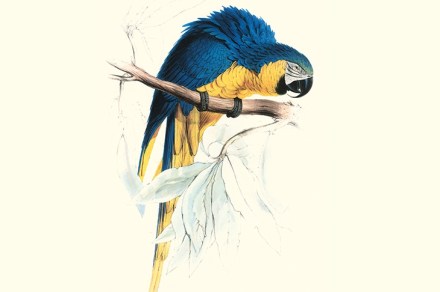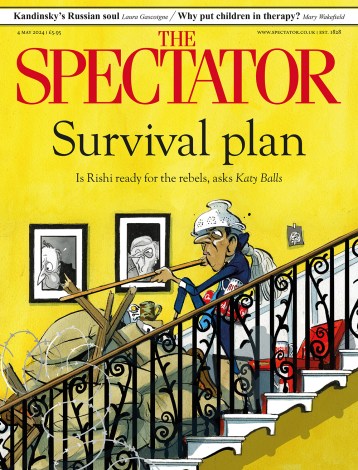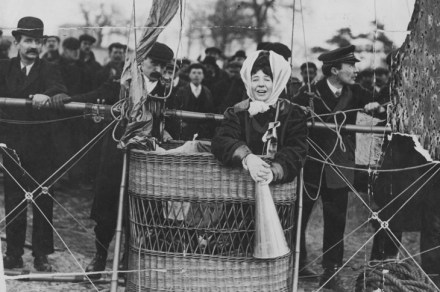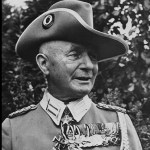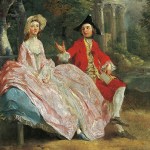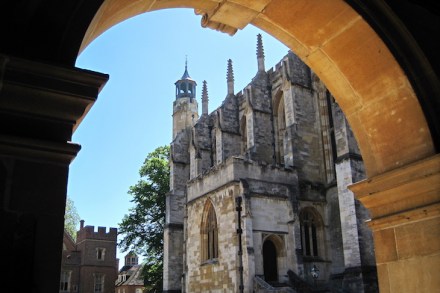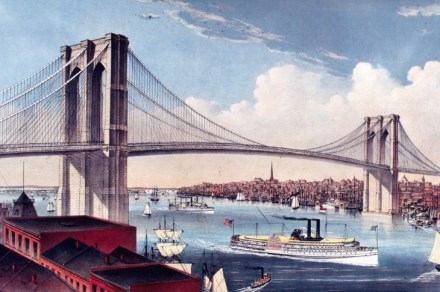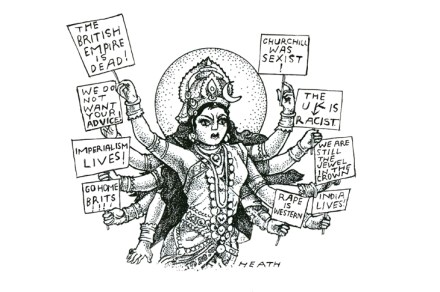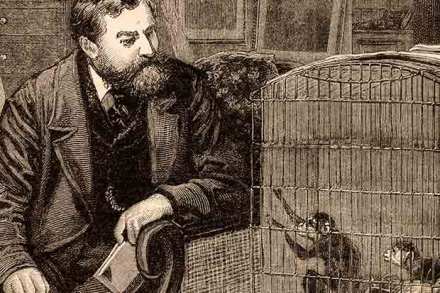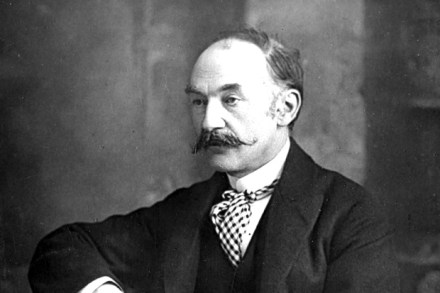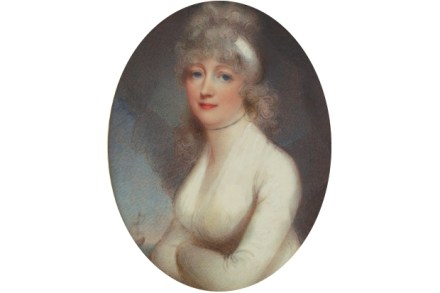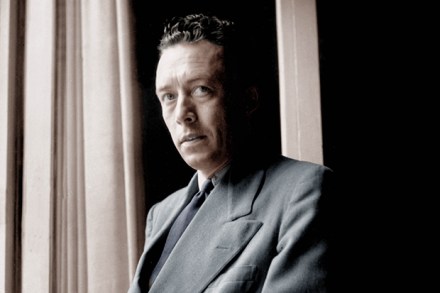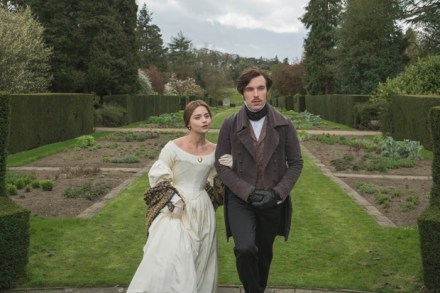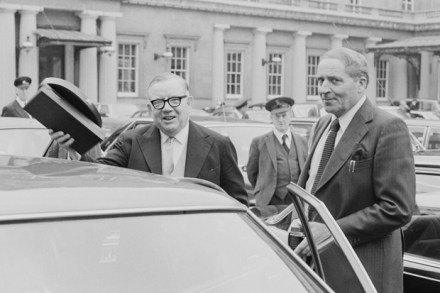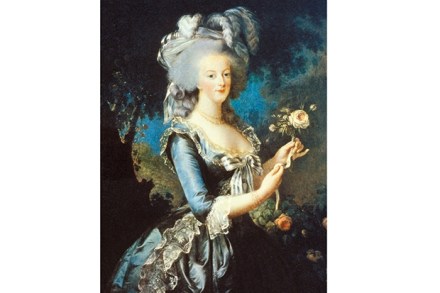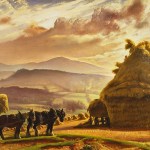How pleasant to know Mr Lear
Edward Lear liked to tell the story of how he was once sitting in a railway carriage with two women who were reading aloud to children from his Book of Nonsense. When a male passenger confidently asserted that ‘There is no such person as Edward Lear’, the writer was obliged to prove his own existence as ‘the painter & author’ (in that order) by showing the passengers his name on his hat, handkerchief and visiting card. In an extraordinary drawing of this event, Lear depicted himself and the two women realistically, but the doubting man is a cartoonish figure straight out of one of his limericks. Lear’s two worlds of
